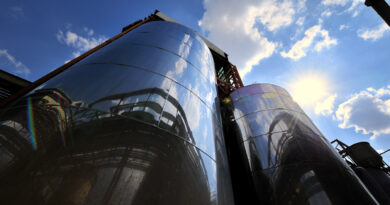Are we running out of gold?
As uncertainty caused by the Covid-19 pandemic has ignited a rush in gold buying, experts are raising alarms over how much of the yellow metal is left to mine. Based on the World Gold Council research, gold mine production amounted to 3,531 tonnes in 2019 – one percent lower than in the previous year. That is the first annual decline in production since 2008.
Data shows that around 190,000 tonnes of gold has been mined in total. Estimates do vary but based on those rough figures, there is about 20 percent still left to be mined.
“While the growth in mine supply may slow or decline slightly in the coming years, as existing reserves are exhausted, and new major discoveries become increasingly rare, suggesting that production has peaked may still be a little premature,” said Hannah Brandstaetter, a spokesman for the World Gold Council.
“Mine production has flat-lined, and is likely on a downward trajectory, but not dramatically so,” said Ross Norman of MetalsDaily.com.
Analysts say that while new gold mines are still being found, discoveries of large deposits are becoming increasingly rare. In fact, most gold production currently comes from older mines that have been in use for decades, they say.
“Mining is getting harder in the sense that many of the large, low-cost mines, and older ones such as in South Africa, are nearing exhaustion,” said Norman. “Chinese gold mines, on the other hand, are much smaller, and therefore have higher costs.”
Around 60 percent of the world’s mining operations are currently surface mines, while the remainder are underground ones.
China is now the world’s biggest miner of gold while other major producers are Canada, Russia, and Peru. Analysts note that there are relatively few unexplored regions left for mining, and perhaps the most promising are in some of the more unstable parts of the world, such as in West Africa. The good news, however, is that unlike other non-renewable resources like oil, gold can be recycled.




